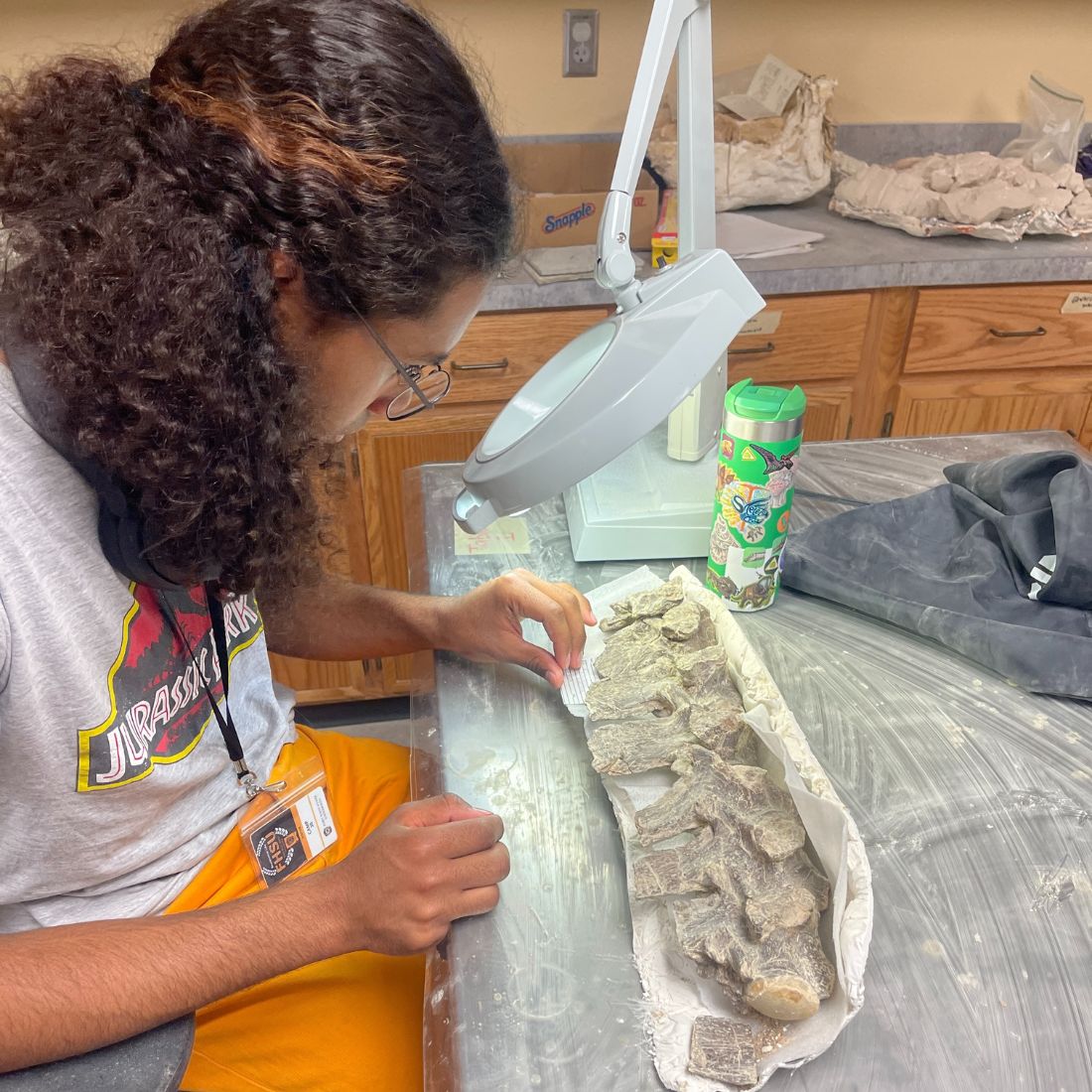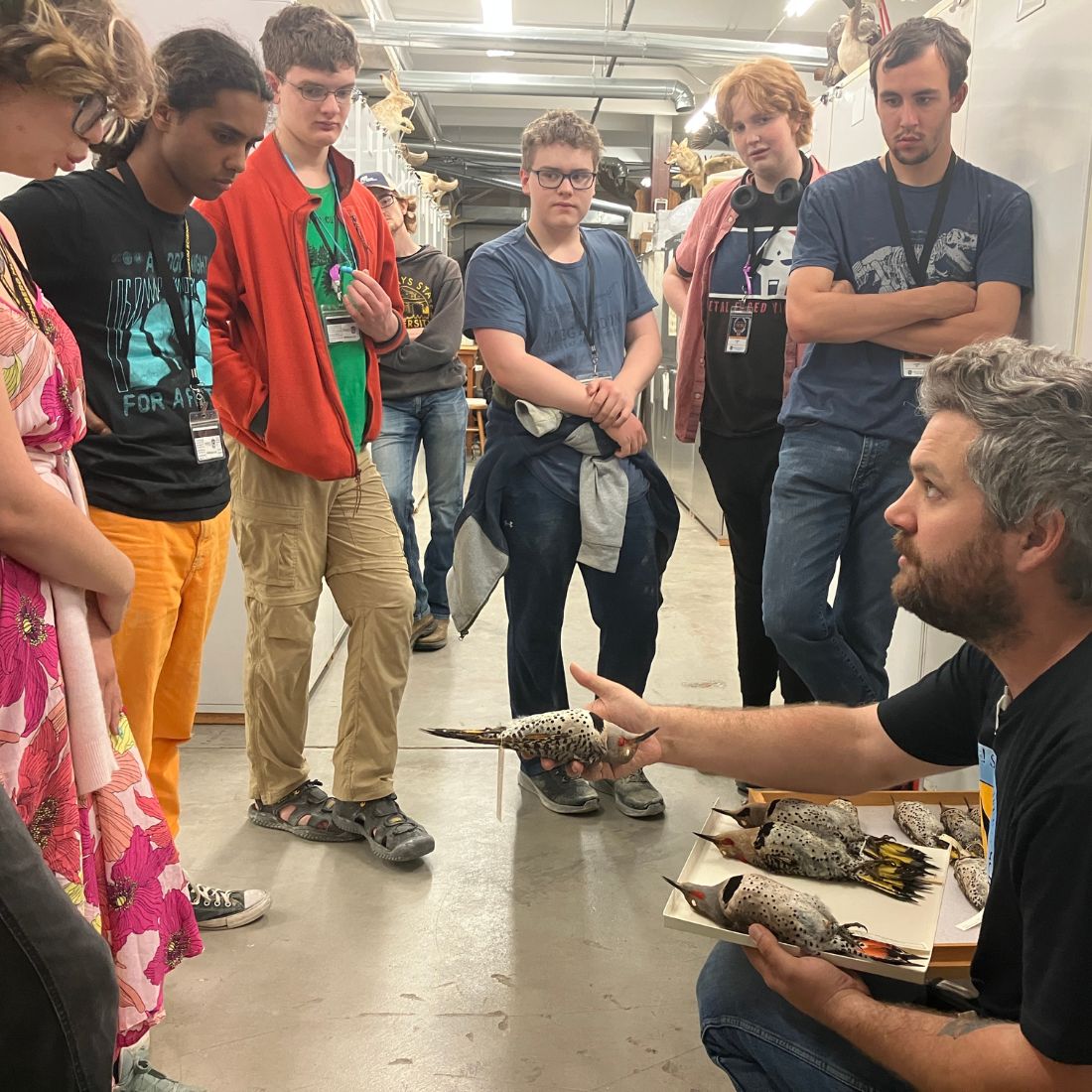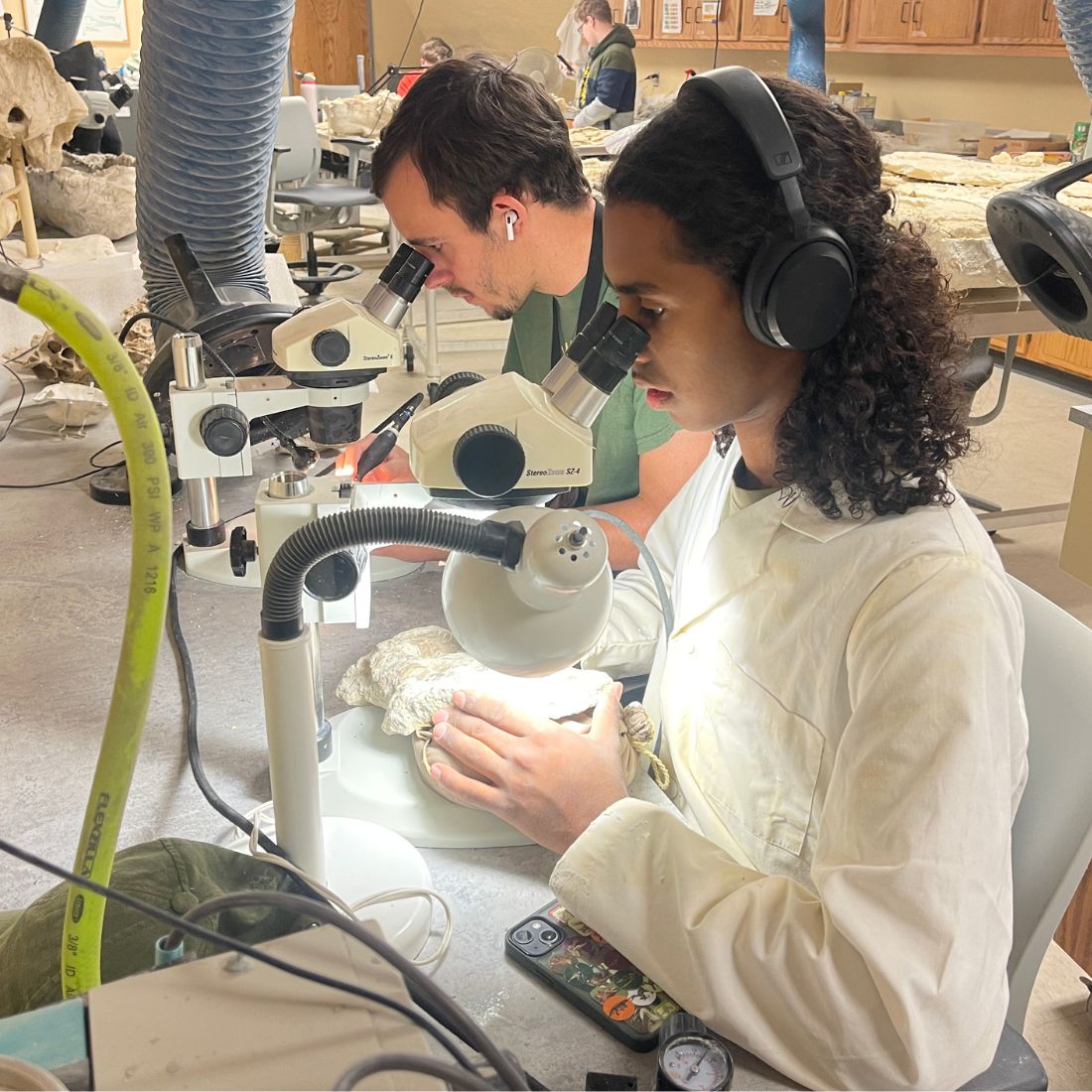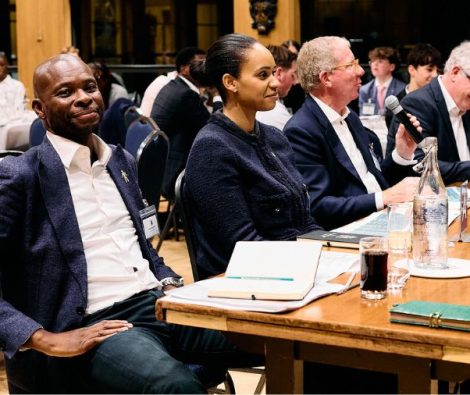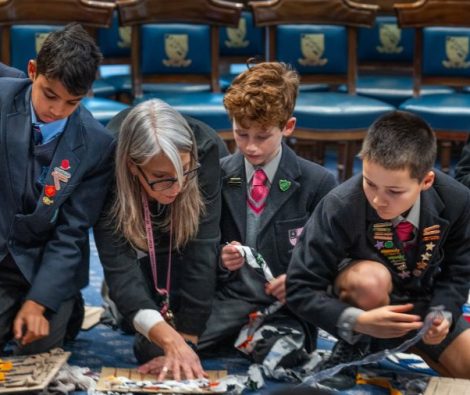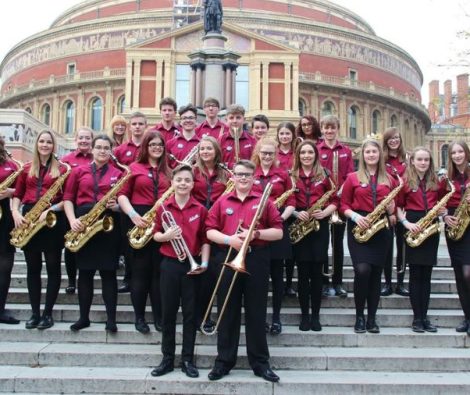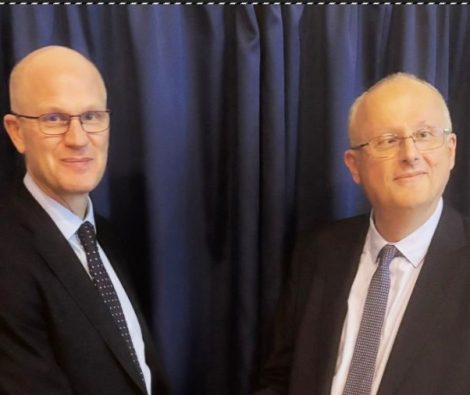My aspiration to become a palaeontologist has taken a significant step forward, thanks to substantial support from the Thomas Arno Fund.
This fund, and the generosity of the Haberdashers’ Company, enabled me to attend a fossil preparation programme at Fort Hays State University’s Sternberg Museum of Natural History in Kansas, USA.
This museum is a prominent institution for palaeontological research in the fossiliferous Great Plains of North America.
This combination was particularly meaningful for me as a Lower Sixth student at Haberdashers’ Adams in Newport, directly aligning with my future goals.
Without the financial assistance provided by the Haberdashers’ Company, this opportunity would not have been possible.
During my time in the States, I studied the theoretical and practical aspects of fossil preparation. Particularly noteworthy was being able to work on museum specimens almost immediately, contributing to the museum’s archive and collection.
Our initial week in the fossil preparation lab involved training on Eocene Green River Formation fish fossils; my specimen was a Diplomystus. After completing this first project, we progressed to working with some impressive museum specimens.
These included:
- Pachyrhizodus and Cimolichthys, two large fish from the Western Interior Seaway of Kansas.
- Tylosaurus, a mosasaur and the aquatic state fossil of Kansas, from the Niobrara Chalk.
- Teleoceras, a North American rhino, parts of which we assisted in excavating during our field day. This taught me vital skills in proper excavation and how to construct field jackets to protect fossils during transport.
- Palaeolagus, an extinct Eocene lagomorph (the family that includes rabbits and hares).
- Shark vertebrae and soft tissue.
Beyond the specifics of fossil preparation, I learned other interesting facts. For example, the human pelvis, like that of all tetrapods, began its evolutionary descent from within a fish’s head. I also learned that zoologists like a splash of formaldehyde in their alcohol – a necessary measure, I was informed, to deter consumption, as if the presence of a pickled rattlesnake wasn’t enough to put one off! And, while bison may not be culinary experts, they certainly make great burgers.
As a student from Wolverhampton, attending Haberdashers’ Adams, I can confirm the high standard of education the school provides. However, there are limits to what can be learned from lessons and textbooks alone. By travelling to Kansas, I was able to use specialist tools and methods under expert guidance, such as pin vices and dental tools, adhesives and specialist resins, air scribes, mould-making, casting, and cradle construction.
Crucially, I also connected with a group of aspiring palaeontologists and received guidance from current senior palaeontologists and geologists. Many of these contacts remain, and through them, I’ve gained considerable insight into university life, potential study paths, and what a career in this field might involve after graduation.
I would advise anyone in my position with an ambition to pursue a different path in the sciences to seek out practical experience in their chosen discipline alongside experts. That is precisely what the funding from the Haberdashers’ Company made possible for me, and I am sincerely grateful for this significant opportunity.
– Elias, Haberdashers’ Adams alumnus
STUDYING LIFE
